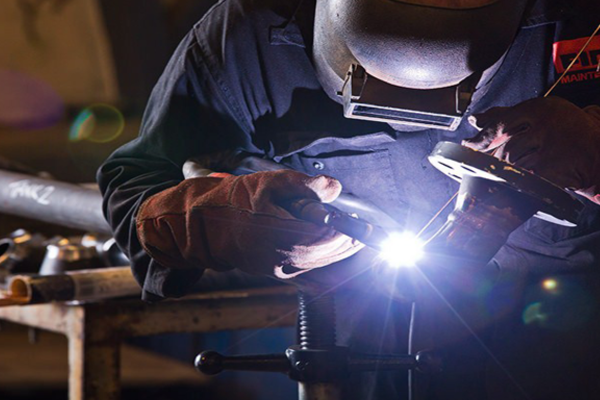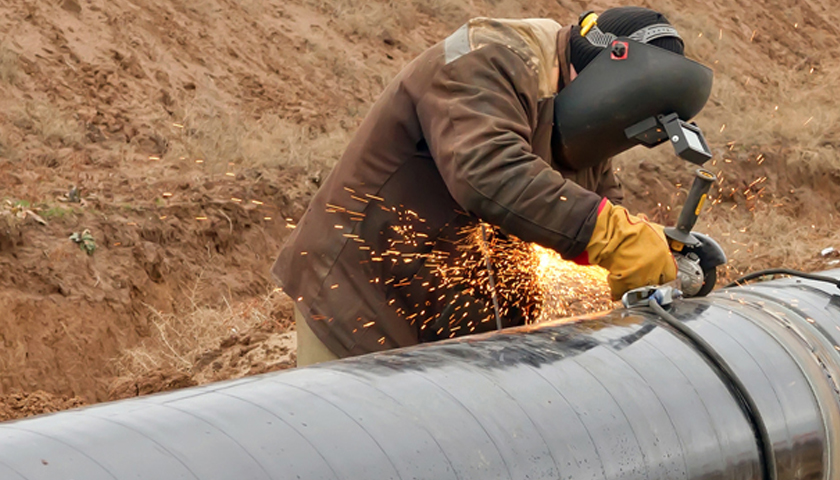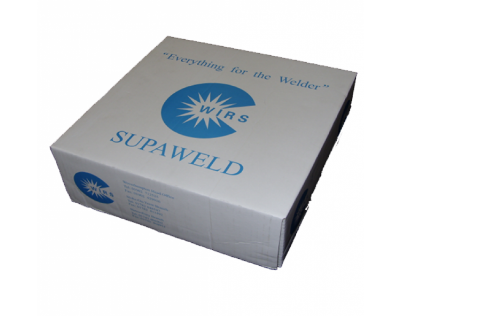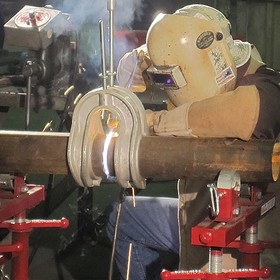In short, Yes, but it isn’t easy. So if you’re new to welding, it is not recommended. The need to weld cast iron usually arises when the casting needs to be repaired. The need for repair might have occurred during the process of machining, or just due to general damage, which is not uncommon due to the brittle nature of a lot of cast iron pieces.
Temperature and the rate of cooling is essential with cast iron. In order for the iron to set crack free, it is important that it is cooled slowly. The same principle applies when welding cast iron. A good tip for cooling the casting slowly is to wrap it in an insulating blanket, or bury it in dry sand.
Cast iron has a critical temperature of 1450 degrees F. During the welding process it is extremely likely that the iron will be at temperatures in excess of this, however this can cause the cast iron to crack, so we do not recommend keeping the cast iron at this temperature for a long period of time. However, throughout the welding process it is essential that a fairly consistent temperature is maintained, do not allow the cast iron to cool and then subject it to extreme temperatures again as a dramatic change in temperature could lead to cracking or further damage.
In an ideal situation, it is best to preheat the casting before welding it and if possible, preheating the whole thing rather than just the weld site. Due to the nature of cast iron, tiny cracks tend to appear next to the weld even when good procedures are adhered to. If the casting needs to be water tight, this can be a problem, leaking can usually be eliminated with some sort of sealing compound.
If you are look to weld cast iron then you will need some equipment. WIRS offer one of the most comprehensive ranges of welding supplies and associated welding machinery in the industry. Find out more at https://wirs.co.uk/





